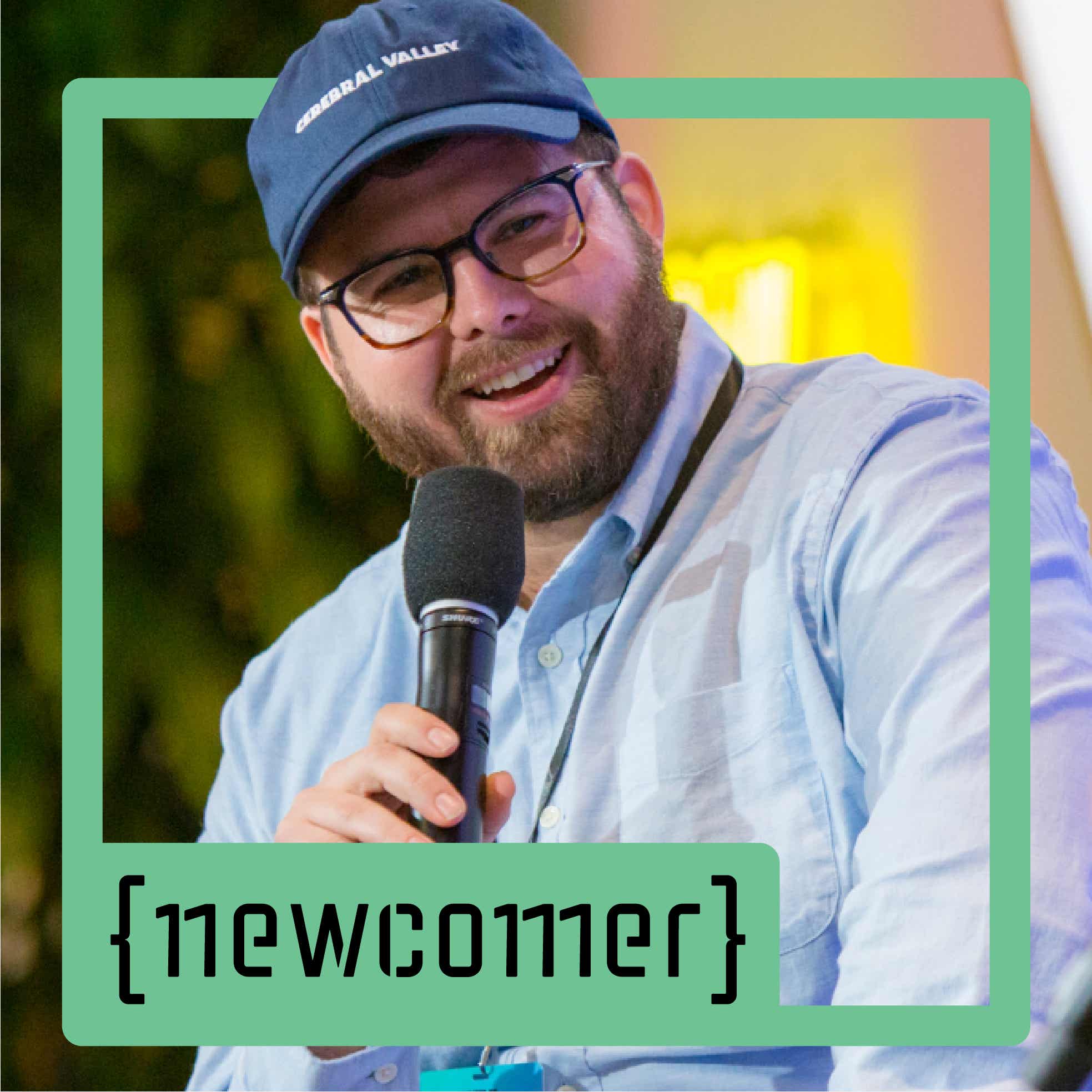Not Exactly AR And Not Exactly VR (with Lauren Goode & Anand Agarawala)
Description
The metaverse had been left for dead. The massive hype for virtual worlds that we saw during the pandemic dissipated once we could all see our fellow humans in person again.
But last week Apple finally revealed its augmented reality device, the Apple Vision Pro. The tech giant that rarely misses the mark with its carefully thought through product releases revealed that it wanted people to strap on ski goggle-like devices, direct a computer with their eyeballs, click with their fingers, and video chat in a digital realm.
I invited Wired senior writer Lauren Goode and Anand Agarawala, CEO of the startup Spatial, on the show to talk about the new device.
Goode got 30 minutes first-hand with the Apple Vision Pro. So we spent the first part of the show interrogating Goode about her experience with the $3,500 device that’s expected to be released next year.
Goode told us that she didn’t think the device is truly augmented reality in the purist sense of the term.
“It’s not using any waveguide technology that refracts light and then puts it into your eyeballs. It’s not holographic or volumetric, but it is AR if you think about the literal definition of AR as augmenting your reality,” Goode said. “Once you are running computer applications into this space in front of you where you would typically be looking at your real world living room but actually you’re seeing apps and playing games and doing stuff, you are augmenting your reality. It’s conceptually AR.”
Agarawala has been hard at work on building tools for augmented reality devices for the past seven years at Spatial. The company builds 3D creation tools and hosts experiences across a range of devices, including virtual reality and augmented reality devices.
Agarawala is cheering for real competition among the big tech giants when it comes to developing these wearable computers. “The market at some point of maturity would need all the Big Tech companies to get involved. If you’re just the one company doing it, that means it’s probably not a big enough market,” he said. Apple’s entry into augmented reality “absolutely validates it,” Agarawala said.
On the episode, we talked about Meta CEO Mark Zuckerberg’s comments on the release of the Apple Vision Pro:
Apple finally announced their headset, so I want to talk about that for a second. I was really curious to see what they were gonna ship. And obviously I haven’t seen it yet, so I’ll learn more as we get to play with it and see what happens and how people use it.
From what I’ve seen initially, I’d say the good news is that there’s no kind of magical solutions that they have to any of the constraints on laws of physics that our teams haven’t already explored and thought of. They went with a higher resolution display, and between that and all the technology they put in there to power it, it costs seven times more and now requires so much energy that now you need a battery and a wire attached to it to use it. They made that design trade-off and it might make sense for the cases that they’re going for.
But look, I think that their announcement really showcases the difference in the values and the vision that our companies bring to this in a way that I think is really important. We innovate to make sure that our products are as accessible and affordable to everyone as possible, and that is a core part of what we do. And we have sold tens of millions of Quests.
More importantly, our vision for the metaverse and presence is fundamentally social. It’s about people interacting in new ways and feeling closer in new ways. Our device is also about being active and doing things. By contrast, every demo that they showed was a person sitting on a couch by themself. I mean, that could be the vision of the future of computing, but like, it’s not the one that I want. There’s a real philosophical difference in terms of how we’re approaching this. And seeing what they put out there and
More Episodes
This is probably my favorite episode of the year. We just updated our picks for our artificial intelligence startup fantasy draft. That means dropping startups whose star is fading and making new pickups.
Last year, Max Child, James Wilsterman, and I drafted the most promising generative AI...
Published 11/13/24
Published 11/13/24
We’re back with a couple episodes of the Cerebral Valley Podcast leading up to our summit on November 20.
I’m joined by my Cerebral Valley AI Summit co-hosts Max Child and James Wilsterman.
On this episode, we started by talking about the thing on everyone’s minds — the election of Donald Trump...
Published 11/09/24


